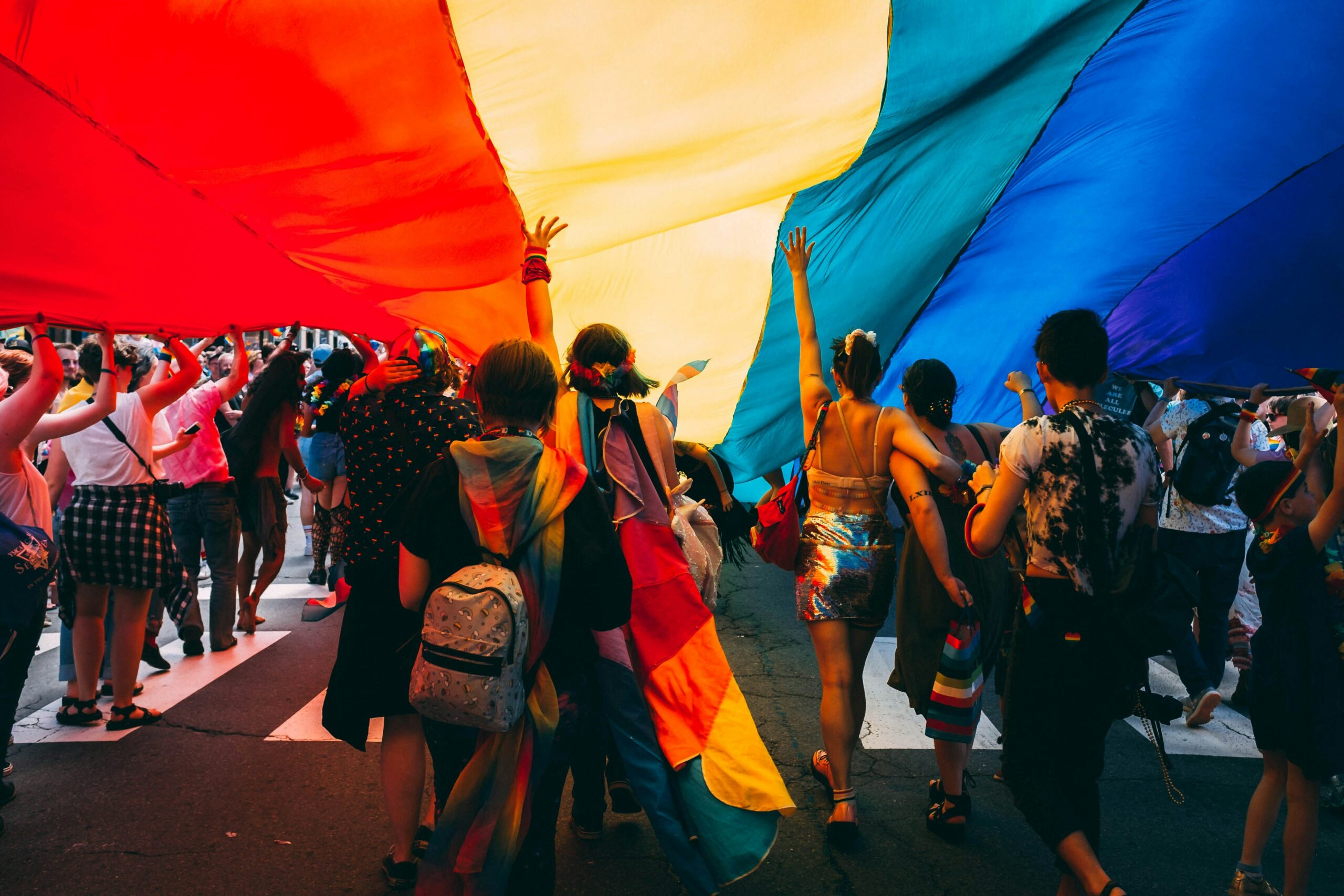By Luke Smith, Senior Communications Officer
Rainbow flags, glittery parades, street parties in the summer heat – this is Pride as most of us know it. But zoom out from those familiar June celebrations and a far more vibrant story emerges. Across the globe, LGBTQI communities are creating their own expressions of Pride, embedded in local cultures, histories, and needs. From Jamaica’s alignment with emancipation celebrations to Ukraine’s wartime assertions of belonging, these diverse Pride movements challenge us to expand our understanding of what LGBTQI activism and celebration can look like. What binds these movements together isn’t rainbows and celebration, but their power to build the supportive communities LGBTQI people around the world need to thrive.
“Our understandings of queerness tend to be dominated by images and narratives from certain parts of the world, and that has its drawbacks. Once you begin to see how people Pride differently, it helps you have a more nuanced understanding.”
Glenroy Murray, Executive Director of Equality for All Foundation, Jamaica
Decolonising Pride
But appreciating this diversity requires challenging the assumption that all LGBTQI liberation stems from one pivotal moment in Western history. Pride in the West dates back to the 1969 Stonewall riots in New York City. But whilst Stonewall spurred on decades of LGBTQI activism here in the Global North, treating Stonewall as the genesis of LGBTQI movements everywhere relegates rich histories of gender and sexual diversity to footnotes in global queer history. Indigenous Two-Spirit traditions, South Asian hijra communities, pre-colonial African same-sex relationships, and countless other expressions of queer identity become secondary rather than integral parts of our history.
By thinking of Pride through this Western-centric lens, we lose sight of the countless ways LGBTQI people have celebrated their identities and fought for their rights long before Stonewall. “Our understandings of queerness tend to be dominated by images and narratives from certain parts of the world, and that has its drawbacks,” says Glenroy Murray, Executive Director of Jamaica’s Equality for All Foundation (EFAF). “Once you begin to see how people Pride differently, it helps you have a more nuanced understanding.”
Pride Beyond June
While the West celebrates June as Pride Month in honour of Stonewall’s legacy, other countries have aligned their celebrations with their own historical milestones and local contexts.
In Jamaica, Pride celebrations take place from August 1st to 6th, deliberately aligning with the country’s emancipation and independence period as a way to reclaim their identities as LGBTQI people in a country that told them to be LGBTQI was “un-Jamaican”. “When Pride started here in Jamaica in 2015, it was a way to say no,” Murray explains. “We are claiming our Jamaican identity as queer people and celebrating our queer identities alongside our Jamaican identities.”
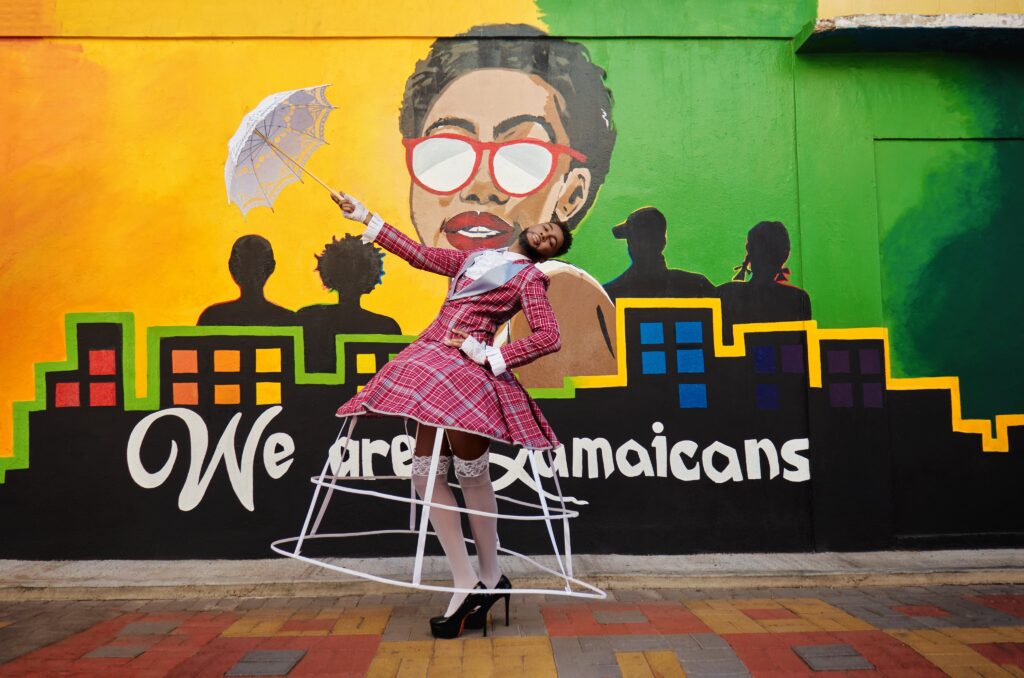
In South Africa, they celebrate Pride between September and October, honouring the first African Pride that took place in Johannesburg on 13th October 1990. “In Africa, June is very cold, so we regard June as International Pride Month,” explains Virginia Magwaza of Parents, Families & Friends of South African Queers (PFSAQ). “Between September and October is when we have our African Pride Month.”
Understanding Local Contexts
Since Stonewall, with gains in LGBTQI rights in the West, Pride has slowly gone from a community-led protest to a season of joy and celebration. But step outside those bubbles and Pride remains what it always was: an act of defiance.
Rosanna Flamer-Caldera, Executive Director of EQUAL GROUND in Sri Lanka, states: “The Global North has been quicker to accept differences and to decriminalise the LGBTIQ community. But the Global South has not been so forthcoming. In countries like ours, religious intolerance against LGBTIQ persons exacerbates violence and inequality.”
In Sri Lanka, where same-sex relationships remain criminalised, Pride takes a distinctly careful form. EQUAL GROUND’s Colombo PRIDE describes their march as a “peaceful walk to celebrate who we are without confrontation.” “I’m not saying that I agree with the culture being so conservative, but this is what we have,” Flamer-Caldera says. “And you’ve got to work around it. When we don’t push the envelope too hard, people will start to accept.”
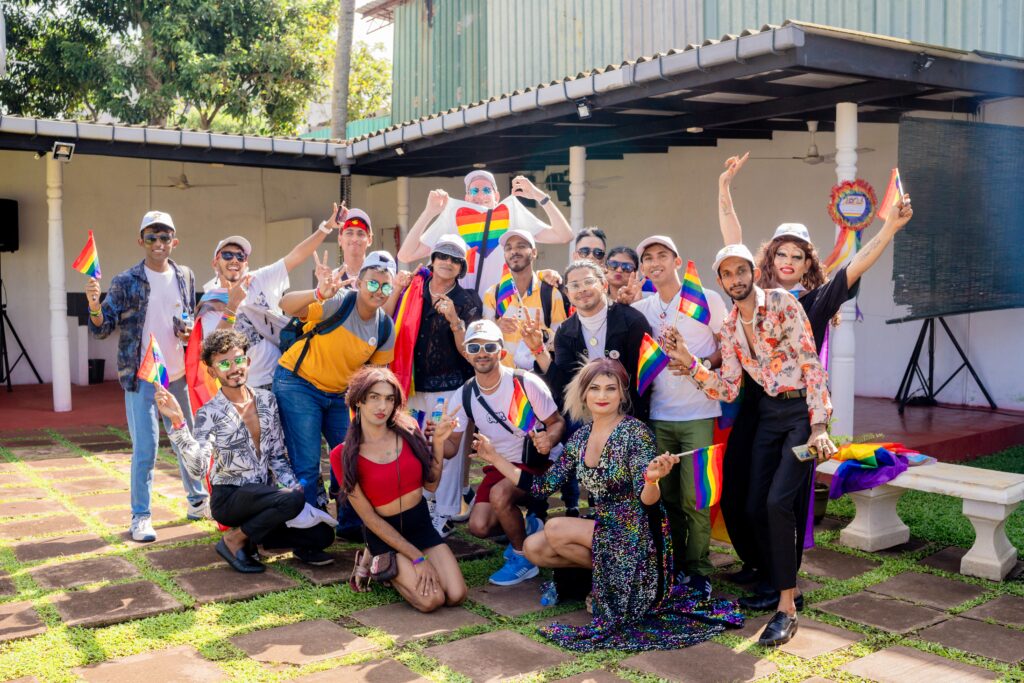
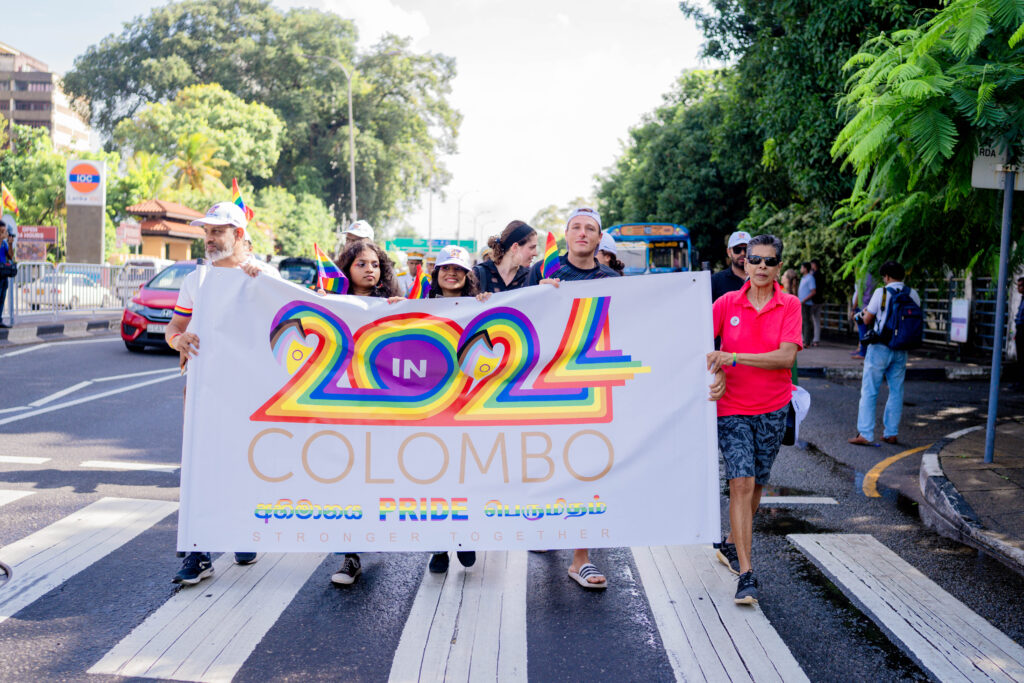
In Ukraine, Pride takes on an entirely different meaning amid ongoing war. “We can’t just say, ‘It’s not time for our rights, we should postpone them,'” says Yuliia Shypitko of KyivPride. “Today, even with all the security risks, we must organise Pride and show that LGBTQI people in Ukraine are also part of society.” Every Pride event must be planned with security in mind: all events must be located near air raid shelters, and attendance numbers are strictly limited. “We can’t postpone Pride until after the war because we don’t know when the war will end,” Shypitko explains.
Building Communities That Sustain
Throughout history, our community has survived by coming together, creating the safety and support networks we often lack. Despite vast differences in how Pride unfolds globally, at its core, Pride serves as a vital space for community building. “For us, Pride has become an opportunity for LGBTQI people to come together and enjoy themselves in a safe space where they can be who they are,” says Virginia Magwaza of PFSAQ.
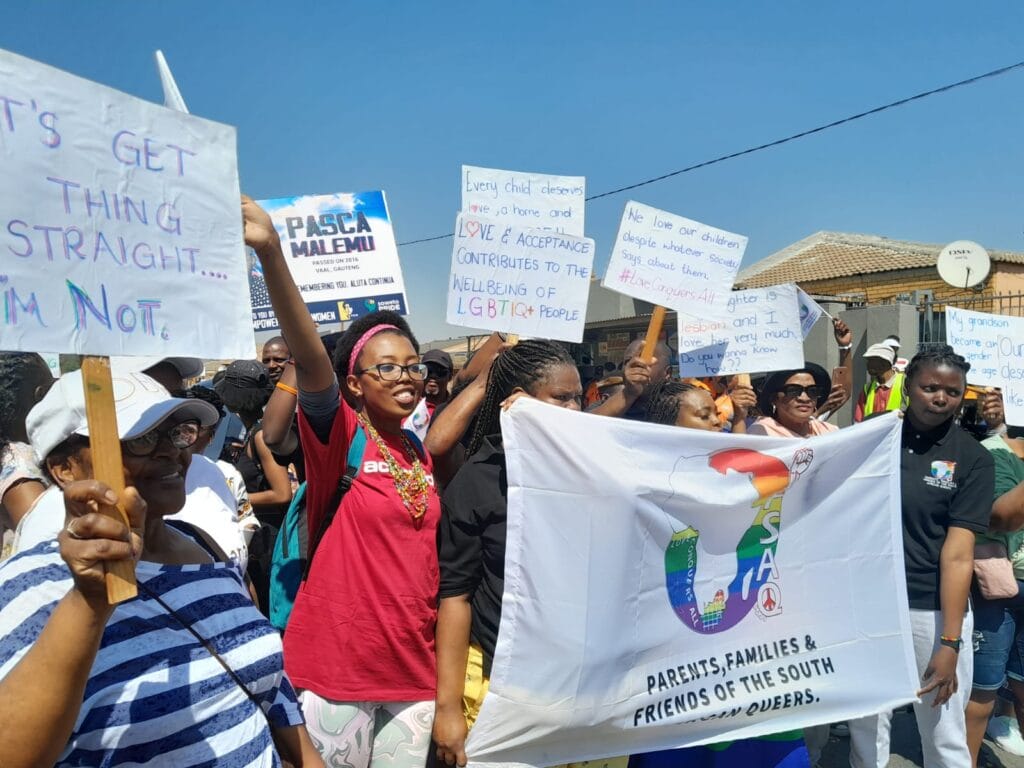
In South Africa, PFSAQ recognises that family rejection is one of the biggest challenges facing LGBTQI people, so they bring parents directly into Pride events to create alternative support networks. They establish what Magwaza calls a “parents’ corner” where parents offer hugs and support to LGBTQI people who may lack acceptance at home. “Many queer people come for hugs and share their experiences at home,” she explains.
In Jamaica, EFAF empowers local organisations to host diverse Pride events, from trade shows to art celebrations. “It’s claiming space in the way that the particular organiser feels comfortable,” Murray explains. Sri Lanka demonstrates Pride’s long-term impact: after 21 years, Colombo PRIDE has helped “countless persons come out and be proud of who they are,” with celebrations now happening nationwide.
In Ukraine, Pride asserts LGBTQI people’s place in the national struggle, uniting communities whilst uplifting military personnel. “LGBTQI people fundraise for our army. We are united together,” Shypitko shares. “Even homophobic people and LGBTQI people are united in being Ukrainian. We must show up.” These events spark networks of support that extend far beyond the celebrations themselves, building community resilience that sustains activism year-round.
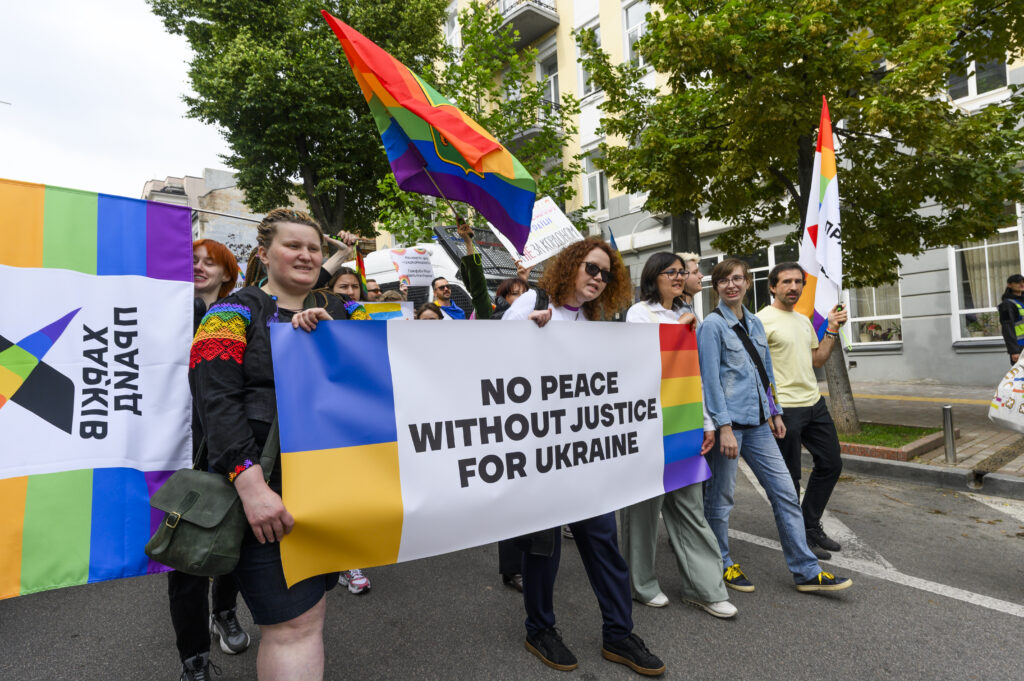
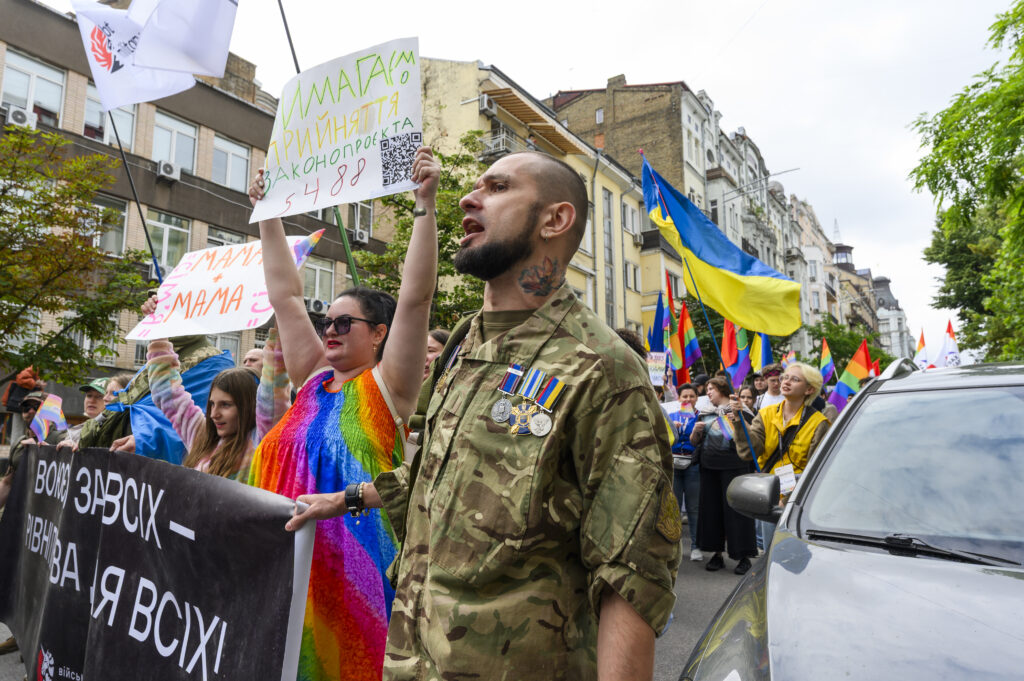

What Pride Really Means
These diverse expressions of Pride challenge us to expand our understanding of what LGBTQI activism and celebration can look like, honouring the full spectrum of LGBTQI experience and acknowledging that the fight for equality looks different everywhere.
Yet these vital celebrations face an uncertain future.
“We are concerned that the lack of global funding will affect us and we may not be able to continue PRIDE and other gatherings which are so important to our community,” Flamer-Caldera notes. “Keep in mind, being criminals in our own country means we cannot depend on the Government and others to sponsor our PRIDE celebrations”
If we truly believe in decolonising our understanding of Pride, we must ensure that the communities creating these diverse, locally-rooted celebrations have the resources to continue their essential work. Supporting Pride globally means backing it where it matters most – in contexts where communities depend on it to survive and thrive.
That support must be rooted in trust – offering resources, not strategies – so that local activists can shape Pride in ways that honour their queer histories, reflect their cultures, and remain true to their communities.

